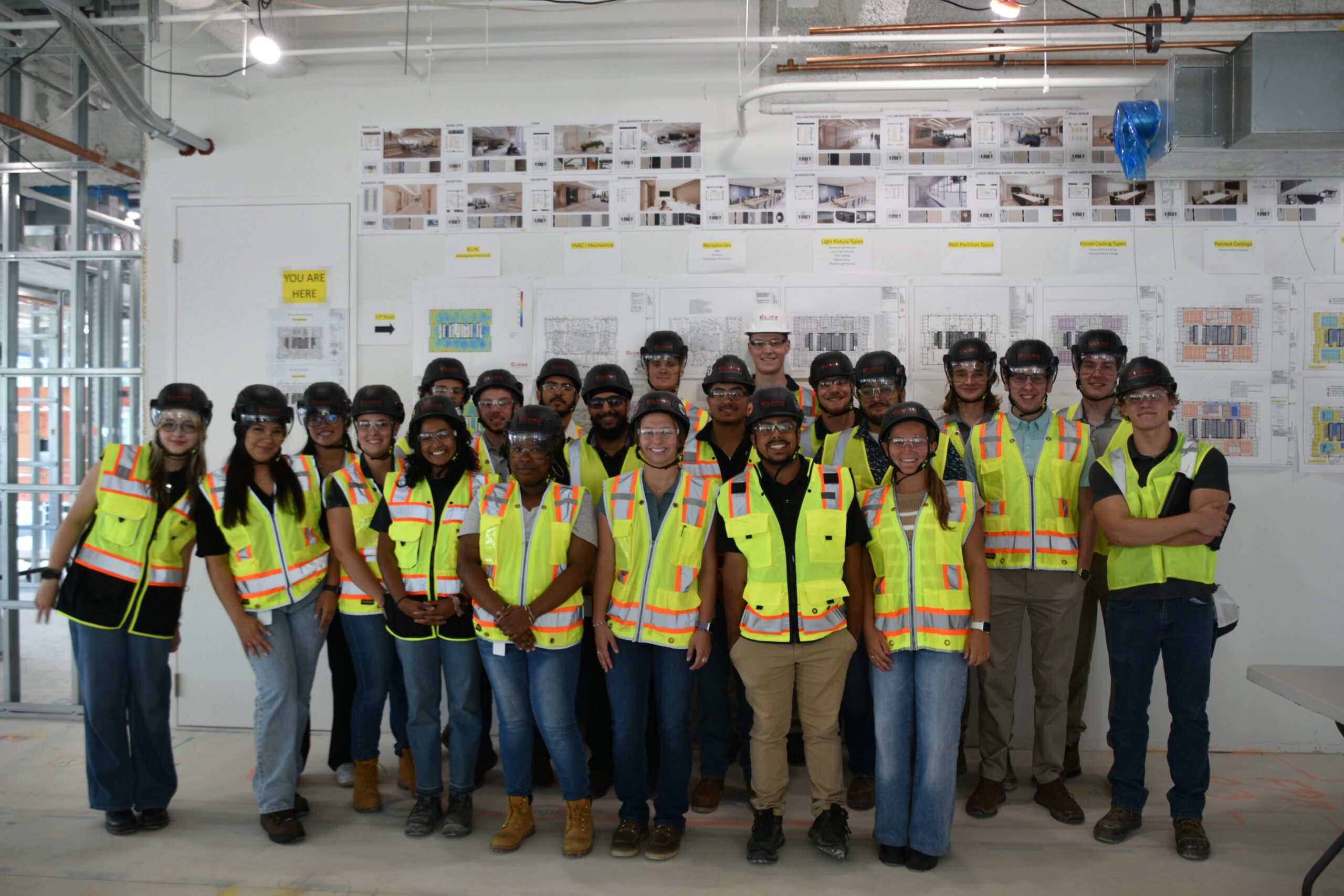


27 July 2021


By: Dan Nielson, Vice President, Senior Project Manager
Historically, the construction industry has been thought of as “shady” or “unethical”. While these stereotypes can be rooted in some truths, Clune has been combating this perception for its entire 24-year history through our award-winning company ethics and open book methodology
When assembling a Guaranteed Maximum Price (GMP), we know our strong industry relationships translate to subcontractors wanting to be on Clune’s bid list and work on our jobsites. Our project managers and superintendents work tirelessly to provide the highest quality spaces and utmost client satisfaction – our goal is to make everyone’s lives easier.
Subcontractor Selection
To provide the highest quality finished product for our clients, Clune works with top tier subcontractors in each of our markets to perform installations within the required timeframe while still exceeding clients’ expectations.
While this quality can typically come with a higher price tag, Clune’s market leverage helps our project teams get the most competitive pricing. Subcontractors also know that Clune always runs a safe and clean jobsite, allowing them to put together pricing without having to factor in potential issues, down time or mis-coordination of work.
Clune also ensures top quality subcontractors through our pre-qualification process. Before allowing any subcontractor or vendor to bid on a project, they must be evaluated through Clune’s rigorous internal process to confirm they have the required financial security, safety record and manpower.
Awarding a Job
Clune’s bidding and scope review process is done methodically and purposefully to buy the job correctly upfront. From the beginning of the bidding process, Clune puts together a detailed bid package to help each trade provide accurate pricing and to make sure it’s clear which trade is handling each specific scope item. Clune sources competitive pricing from three-to-five qualified bidders, levels the bids, and invites the two lowest bidders to a scope review meeting.
In addition to the subcontractors, the architects and clients are also invited to the scope reviews. This further promotes transparency and assists the team in ensuring every box is checked. During this time, the team discusses schedule, logistics, safety, material purchasing and lead times. They also discuss potential value engineering opportunities that would lower the costs of the project overall, while not changing the design intent. This level of detail helps determine anything that could impact cost down the road, allowing Clune to cover and buy from the subcontractors in a competitive environment when mark-ups are much tighter.
For example, on a recent project that consisted of the build-out of 12 typical floors, the design intent of the drawings was to reuse existing perimeter soffit. However, when meeting with subcontractors during scope reviews, the team realized that salvaging and reusing the soffit would not be feasible and that they needed to be replaced with new ones. Had that conversation not happened, there would have been a major cost and schedule implication to the job when the team was already on-site and ready to build. Scope reviews are a significant tool for helping mitigate that type of risk.
After scope reviews are concluded, Clune can confidently recommend the most competitively priced subcontractor to the client knowing that they have the full scope bought, and the project can be completed as the team intends.
Tracking Every Dollar
Clune’s transparency continues throughout the duration of the project. Our Project Managers provide weekly updates to our clients showing the schedule overview and upcoming tasks, safety record, architectural progress and overall financial health of the job. Clients can also view multiple financial reports out of CMiC, Clune’s enterprise resource planning system. These documents are constantly updated and allow all stakeholders to see where every dollar is allocated and where the project stands at any given moment. Clune also builds a client’s vendors into our schedule, to ensure our overviews and updates represent the entire job.
Along with thorough updates, full transparency means more than just financial reports. Clune’s teams want our clients to feel like they know everything about their projects. For example, if there is a change that is already accounted for with an allowance, meaning it would be a zero cost change, we still keep the client updated with a detailed explanation and pricing illustrating the use of the allowance.
The Value
Clune’s clients have the secure knowledge that we will buy any construction intangibles up front, rather than dealing with change orders down the road. We go beyond what is shown on the drawings to ensure that every potential cost is accounted for, and our goal at the end of the day, is to complete the project under budget.
It is important to note that generally more than 90% of the total cost of the project is subcontracted work. If there is a slight premium on the general contractor’s percentage, it is worth it to make sure that the other large majority of the project costs are properly managed and there are no unwanted surprises during the schedule. Clune takes pride in maintaining schedule and budget on our projects, because we know an extra week can cost our clients a significant amount of money.
About the Author
Dan Nielson is currently a Vice President and Senior Project Manager at Clune. He began his career at Clune as an Intern, and now has 12 years of construction industry experience. During his tenure, he has completed more than 1.5 million square-feet of high-end interior build-outs. Dan has a Bachelor degree in Construction Management from Western Illinois University.